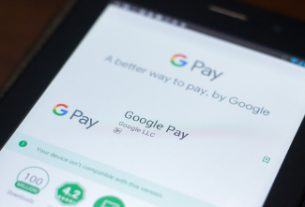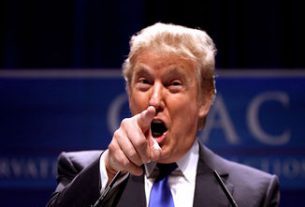Have you ever had a nagging feeling that you need to do something, but you keep putting it off? And then by the time you get around to doing it, you’re too late and missed the opportunity? That’s how many investors felt during the 2008 financial crisis. Even if they understood that the housing bubble was bursting and that the economy was set to enter a tailspin, many waited until it was too late to do anything to protect their assets. Rather than trying to protect their investment portfolios ahead of time, they held on and waited and waited.
Many held on to their assets through the worst part of the crisis, enduring losses of over 50%. In some cases, investors even lost 70-80% of their investments. Many of those investors then decided to cut their losses by selling just at the worst part of the crisis. That not only locked in massive losses, it also caused them to miss out on all the gains of the subsequent recovery.
Just like in 2008, markets are once again flashing warning signs to those investors who are willing to open their eyes, open their minds, and be receptive to what markets are signaling. Investors have now had over a year worth of warnings that stock markets are topped out and won’t be heading higher. Will investors take the steps now to protect their retirement savings before markets crash, or will they repeat the mistakes of 2008 and wait until it’s too late?
Job Growth Is Stagnating
One of the first and most recent signs that the economy is definitely trending downward is the tremendous slowdown in job growth in February. With experts predicting job gains of 180,000, the actual number gained was 20,000. That’s well within the margin of error for zero job growth, and could very well be revised downward once more data comes in.
Slower job growth could be one of the first harbingers of recession. If this trend continues in coming months, or if job growth numbers start to go negative, then the economy is definitely at risk of a recession. But waiting until there are several months worth of negative numbers before protecting your investments is playing with fire.
Economic Activity Is Slowing Down
Manufacturing activity is slowing, with orders nearly flat and shipments decreasing. Part of that could be due to the economy entering a recession, but some of it could also be due to the trade dispute with China. With no resolution apparent with China for at least the next several months, and with President Trump stating that tariffs will be in place for a long time to come, the cost of doing business will remain elevated for many American companies.
That in turn will result in higher prices for many American families. The effect of last year’s tax cuts was largely a one-off, with the stimulative effect having already taken place. While millions of households are taking home more money, higher prices on the goods they buy may negate that positive effect, putting a damper on consumer spending and reinforcing the weak business climate.
The Fed May Return to Easing
The most concerning signal that the economy may be headed downward is the Federal Reserve’s decision to halt its series of rate hikes. Fed policymakers have dramatically revised downward their views of where interest rates will be in the future, with most analysts expecting the Fed to pause for a long while or even perhaps to start cutting rates again.
The distressing thing about this is that the last two major stock market crashes featured exactly this same pattern of Federal Reserve activity. Interest rates were kept too low for too long. Once the Fed realized that things were starting to overheat, it pumped the brakes by raising interest rates. Then once it realized that it had started to slow the economy, the Fed then began cutting interest rates again. Within a few months of those cuts the economy sank back into recession.
With the Fed falling back into that same pattern today, investors of all types are understandably nervous. Mere months ago the Fed proclaimed that the economy was in great shape and poised for continued growth. Now the Fed seems to think that the economy is headed for a slowdown and is poised to jump in and inject money into the financial system to counteract that. That loss of confidence has many investors fearing the worst.
How to Protect Yourself
Despite all of this, equity prices remain elevated, lulling many investors into a false sense of security. As long as their 401(k) and IRA accounts are fat, they’re happy. But once those balances begin to fall it’s another story altogether.
The time is right for investors, particularly those looking to retire within the next decade, to start thinking about protecting their assets against a general market downturn. In the event of another financial crisis and major losses in stock markets it could be another decade or more before investors are able to recover from any losses.
Many investors looked to gold to see them through the financial crisis in 2008, and their trust was well-placed. While stock markets lost over 50% of their value, gold rose by 25% and then continued to gain value for years. Gold has been trusted by investors for centuries to protect their wealth against financial crisis and economic turmoil, and will continue to play that role in the future. With all indications being that gold is set to continue gaining in value in 2019 while stocks will decline again, now is the time for those serious about protecting their retirement assets to invest in gold and safeguard their hard-won investments.
This article was originally posted on Goldco.



